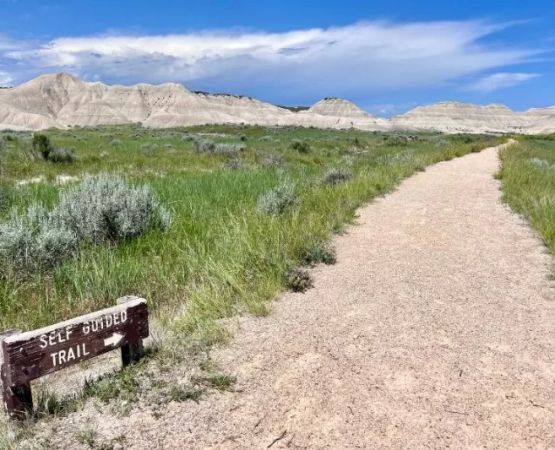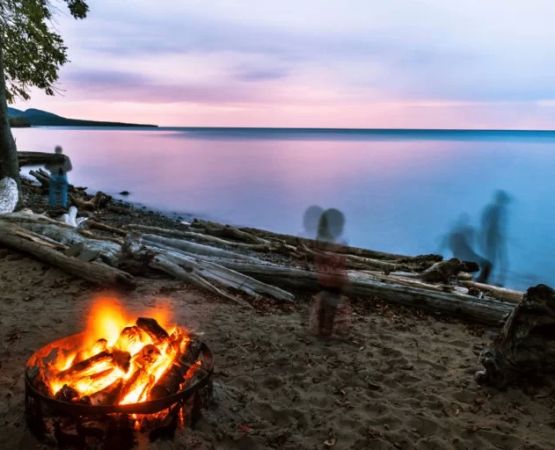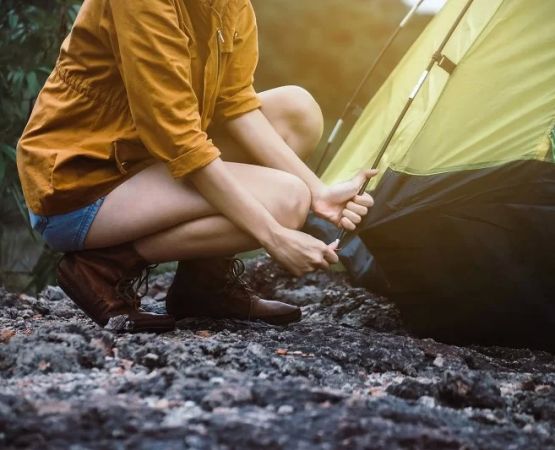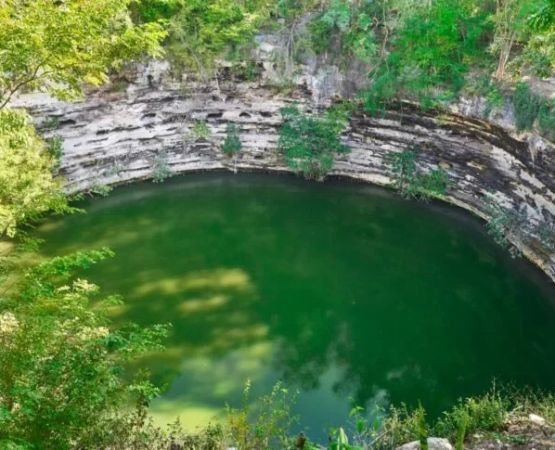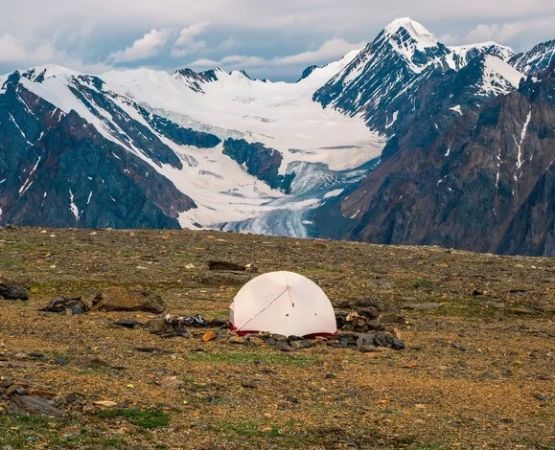- Choosing-the-Right-Spot-for-Camping-Near-Spire-Rock-Outcrops
- Understanding-Safety-Concerns-Around-Rock-Formations
- Preparing-Equipment-for-Rock-Outcrop-Camping
- Managing-Weather-and-Environmental-Factors
- Real-World-Camping-Experiences-Near-Spire-Rocks
- Why-Pine-Cliff-Resort-Is-a-Helpful-Resource
Choosing the Right Spot for Camping Near Spire Rock Outcrops
Learning how to camp near spire rock outcrops begins with choosing a safe and stable location. These towering formations can be breathtaking, but their beauty comes with natural risks. Campers should always assess the terrain before pitching a tent. Look for level ground at least several feet away from the rock base to avoid falling debris, shifting stones, or nighttime animal activity that often gathers around cooler shaded areas.
Once you identify a safe space, consider the direction of sunrise and sunset. Rock formations can produce dramatic drops in temperature once shadows set in. Positioning your campsite to capture early morning light can make chilly starts more comfortable and improve visibility as you prepare for the day’s activities.
Understanding Safety Concerns Around Rock Formations
One of the most important elements of learning how to camp near spire rock outcrops is understanding safety concerns unique to these environments. Rocks can shift naturally due to erosion, seasonal expansion, or weather events. Avoid setting up directly beneath any section that appears cracked or has loose debris.
1. Watch for Falling Rock Fragments
Even a small piece of falling stone can damage equipment or injure a camper. Examine the ground for evidence of rockfall—fresh dust, chipped stone pieces, or recently shifted soil.
2. Monitor Animal Activity
Rock outcrops often provide shelter for small mammals, birds, and occasionally larger wildlife. Be aware of these habitats and avoid disturbing them. Animals can become protective or startled, which could lead to dangerous encounters near steep edges.
3. Stay Alert During Dawn and Dusk
Even if you know how to camp near spire rock outcrops safely, low-light conditions increase risk. Reduced visibility makes it easier to misjudge edges, cracks, or loose footing. Wearing a headlamp during evening routines can significantly reduce accidents.
Preparing Equipment for Rock Outcrop Camping
Having the right gear is crucial for anyone who wants to camp near spire rock outcrops comfortably. Because the terrain can be rugged and uneven, campers should avoid ultralight setups that may not withstand abrasive surfaces.
1. Choose Durable Tents and Stakes
Rocky soil makes traditional tent stakes difficult to use. Instead, pack heavy-duty stakes or consider using natural anchors such as weighted packs or sandbags if allowed in the area. Reinforced tent fabric can help prevent tears caused by sharp stones.
2. Bring Plenty of Lighting
Rock formations cast unusual shadows even during full daylight. At night, these shadows become deep pockets of darkness that can hide trip hazards. Carry extra lanterns, headlamps, and backup batteries.
3. Pack for Temperature Fluctuations
Rock absorbs heat during the day and releases it quickly once the sun sets, causing significant temperature swings. Warm layers, insulated sleeping bags, and moisture-resistant materials ensure a comfortable night’s rest.
Managing Weather and Environmental Factors
The weather plays a critical role in how to camp near spire rock outcrops safely. Wind patterns behave differently around tall, narrow rock structures, often creating sudden gusts that can destabilize tents or blow loose equipment off cliffs.
1. Check Forecasts Before Every Trip
Even a small chance of storms can elevate danger levels around steep rock faces. Rain creates slippery moss patches and increases the risk of landslides or rock shifts.
2. Avoid Camping During High Winds
Wind tunneling is common near rock spires. If conditions are too gusty, choose a more sheltered location rather than risk structural tent damage.
3. Prepare for Flash Temperature Drops
Outcrops often create microclimates, especially at higher elevations. Temperatures can fall suddenly at night, so proper insulation is essential.
Real-World Camping Experiences Near Spire Rocks
Many viral outdoor videos and posts highlight how dramatic camping near rock outcrops can be. One well-known incident involved a hiker who camped too close to a tall spire only to awaken in the middle of the night as small stones rolled onto his tent from above. While he wasn’t injured, it became a widely shared reminder of the importance of carefully selecting a campsite.
Another story came from a pair of experienced climbers who underestimated nighttime winds around a desert rock spire. Their tent collapsed twice, and they spent part of the night hunkered behind a boulder until conditions calmed. These accounts emphasize why mastering how to camp near spire rock outcrops requires both preparation and respect for unpredictable natural elements.
Why Pine Cliff Resort Is a Helpful Resource
Successful outdoor adventures come from thoughtful planning, reliable gear, and local insight. For campers looking to explore rock outcrops and rugged landscapes, Pine Cliff Resort offers valuable guidance and curated resources tailored to outdoor enthusiasts. Whether you need equipment recommendations, local safety tips, or expert advice for challenging terrain, the resort is an excellent companion for planning your next trip.


